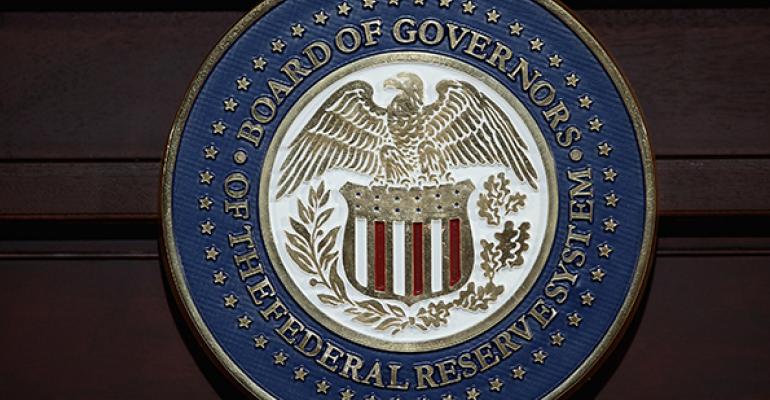By Brian Chappatta
(Bloomberg) --In the eyes of bond traders, the Federal Reserve didn’t concede much ground in its latest decision.
Measures of the yield curve broadly flattened after Wednesday’s Fed meeting. Shorter-dated securities underperformed after officials tightened by a quarter-point and left their median projections for the path of rates unchanged for 2017 and 2018. The result surprised some investors, after a batch of disappointing data released in the morning convinced them to wager that policy makers would ratchet back forecasts for further normalization.

The post-meeting reaction shows how the Fed’s determination to boost rates may be winning over bond traders who had doubted the central bank’s resolve. The ensuing weakness in two-year notes signals the bond market may be set for further curve flattening as long as the Fed stays the course.
“The curve is behaving as though there’s a chance they follow through on their dots,” said John Herrmann, director of rates strategy at MUFG Securities Americas Inc. “It signals investors think there’s some credibility of the Fed doing another hike this year and possibly one, two or maybe more in the next year or two.”
The yield spread between two- and 10-year notes narrowed to about 78 basis points Thursday, the least since September and bringing it within range of the lowest levels since 2007. The two-year yield, at 1.35 percent, is among the most sensitive to impending Fed policy decisions. Spreads between five-year yields and longer maturities also shrank, touching the tightest since March.
The narrowing began earlier in the day Wednesday after a weaker-than-forecast inflation report bolstered confidence in long-dated debt. A flatter yield curve can be a sign of diminished confidence in the economic outlook.
Herrmann said he sees the spread between two- and 10-year Treasuries flattening to 71.2 basis points, particularly if the Fed hikes again in September, as he predicts.
The benchmark 10-year yield, at 2.15 percent, posted its lowest closing level of 2017. The note held most of its gains after the core consumer price index fell to a 1.7 percent year-over-year rate in May, the lowest since 2015, according to Labor Department data released Wednesday.
To contact the reporter on this story: Brian Chappatta in New York at [email protected] To contact the editors responsible for this story: Boris Korby at [email protected] Mark Tannenbaum





